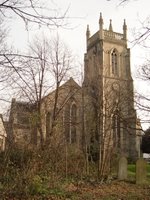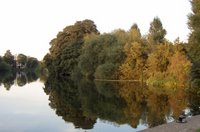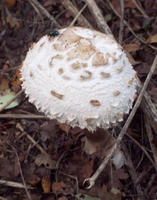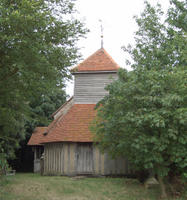Oct: Leytonstone in the service of democracy
As some of you already know, my sister was diagnosed with cancer in September. I thought very hard about giving up the walks campaign in the circumstances, but I have decided to resume them once I get in the mood again. I now hope to complete the original 300 miles as soon as possible, presumably by the end of March. Once the campaign is over, I am going to start on an even bigger campaign to raise money for other brilliant causes.
I have done no conventional walks lately, but I have done rather a lot of walking for one of my occasional jobs, working for those charming people in Electoral Services of a certain borough council. I had to make repeat visits to more than 900 addresses in Leytonstone, always using only public transport. I have done this round since 2001, and have always wondered how many miles I would clock up. This year the cumulative total was 28 miles, though it felt more like 128 because of all the material I had to carry.
 I used to enjoy living in Leytonstone, though I must confess there are not many amazing sights there. The parish church of St John is a pleasant building from the 1830s. It is noteworthy mainly for the several interesting characters buried in the churchyard, particularly the members of the Buxton family, including a notable anti-slavery campaigner and a man who played a key role in saving Epping Forest for the public.
I used to enjoy living in Leytonstone, though I must confess there are not many amazing sights there. The parish church of St John is a pleasant building from the 1830s. It is noteworthy mainly for the several interesting characters buried in the churchyard, particularly the members of the Buxton family, including a notable anti-slavery campaigner and a man who played a key role in saving Epping Forest for the public.Total: 28 miles
Overall total: 137 miles




















